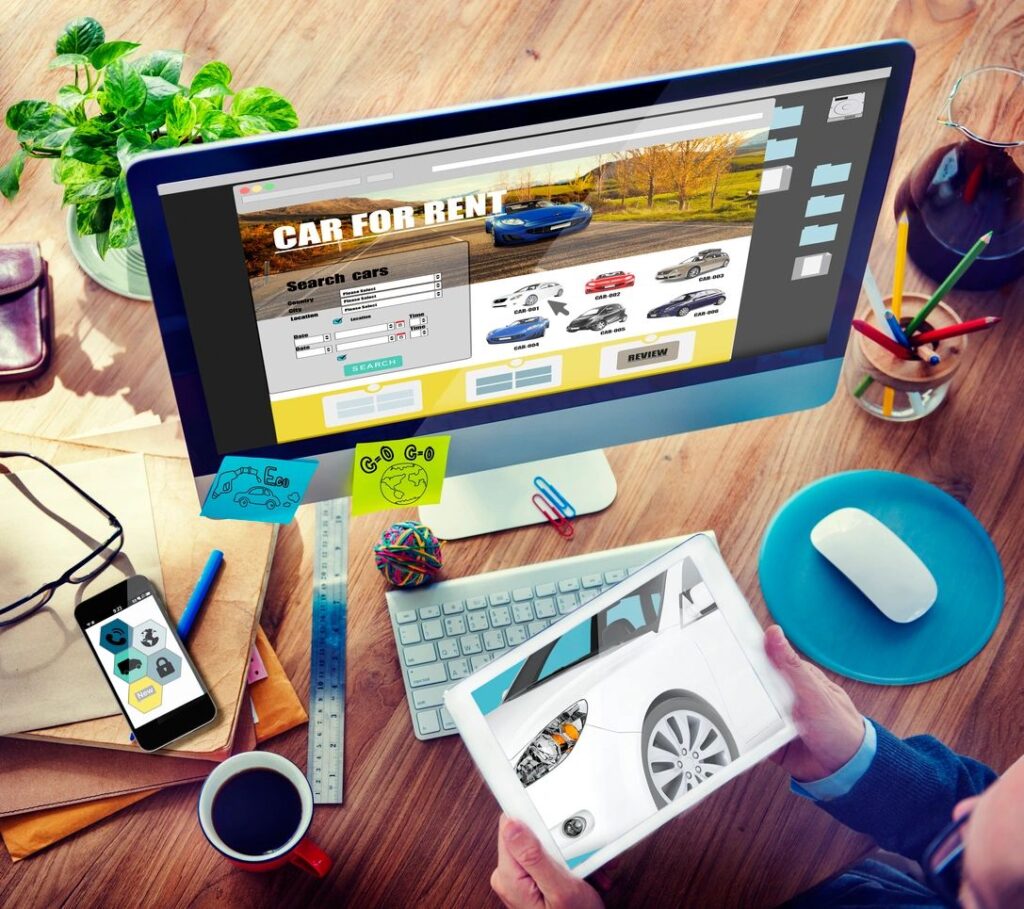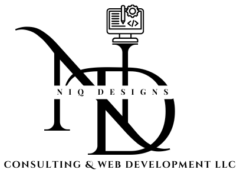Website design often serves as the first impression for potential clients because it sets the tone for how a business or brand is perceived online. It takes just a few seconds for visitors to form opinions based on the look, feel, and usability of the site. Here’s how three key factors—aesthetics, navigation, and mobile responsiveness—contribute to a powerful first impression:
Aesthetics

Visual design is one of the first things people notice when they visit a website. A professional, clean, and attractive design builds trust and credibility, showing visitors that the business puts an emphasis on quality and detail. Effective use of colors, fonts, images, and layout can evoke the right emotions and establish a brand’s personality, whether it’s modern and sleek or warm and approachable. On the other hand, a cluttered or outdated website design can quickly turn visitors away, giving the impression that the business is less professional or credible.
Navigation
Once visitors are captivated by the design, intuitive navigation ensures they can easily find what they need. Make sure to use clear menus, logical page structures, and prominent calls to action make for a user-friendly experience, helping potential clients explore the site without frustration. Good navigation reflects a brand’s attention to user experience and efficiency, showing clients that their time and needs are respected. When navigation is complex or confusing, it can lead to high bounce rates, where visitors may leave the site instead of struggling to find the information they’re looking for.

Mobile Responsiveness

With a significant portion of internet users browsing on mobile devices, a mobile-responsive design is an absolute must for making a good impression. A website that adjusts seamlessly to different screen sizes shows potential clients that the business is modern and adaptable. Not only does mobile responsiveness improve usability, but it also positively impacts SEO, as search engines favor sites that are optimized for mobile. A site that isn’t mobile-friendly, can look distorted or be difficult to use, leaving visitors with a poor impression and reducing the likelihood of conversions.
Essentially speaking, website design as the first impression is about more than looks; it’s about creating an accessible, engaging experience that resonates with visitors. Aesthetic appeal, ease of navigation, and mobile optimization all contribute to making a strong, lasting impression that encourages clients to stay, explore, and take action.


